How To Clean A Burnt Pan
After gathering all the necessary supplies and tools, it is time to understand how to clean your burnt pan. Below are a few methods that we shall explain to you in detail. Let us observe:
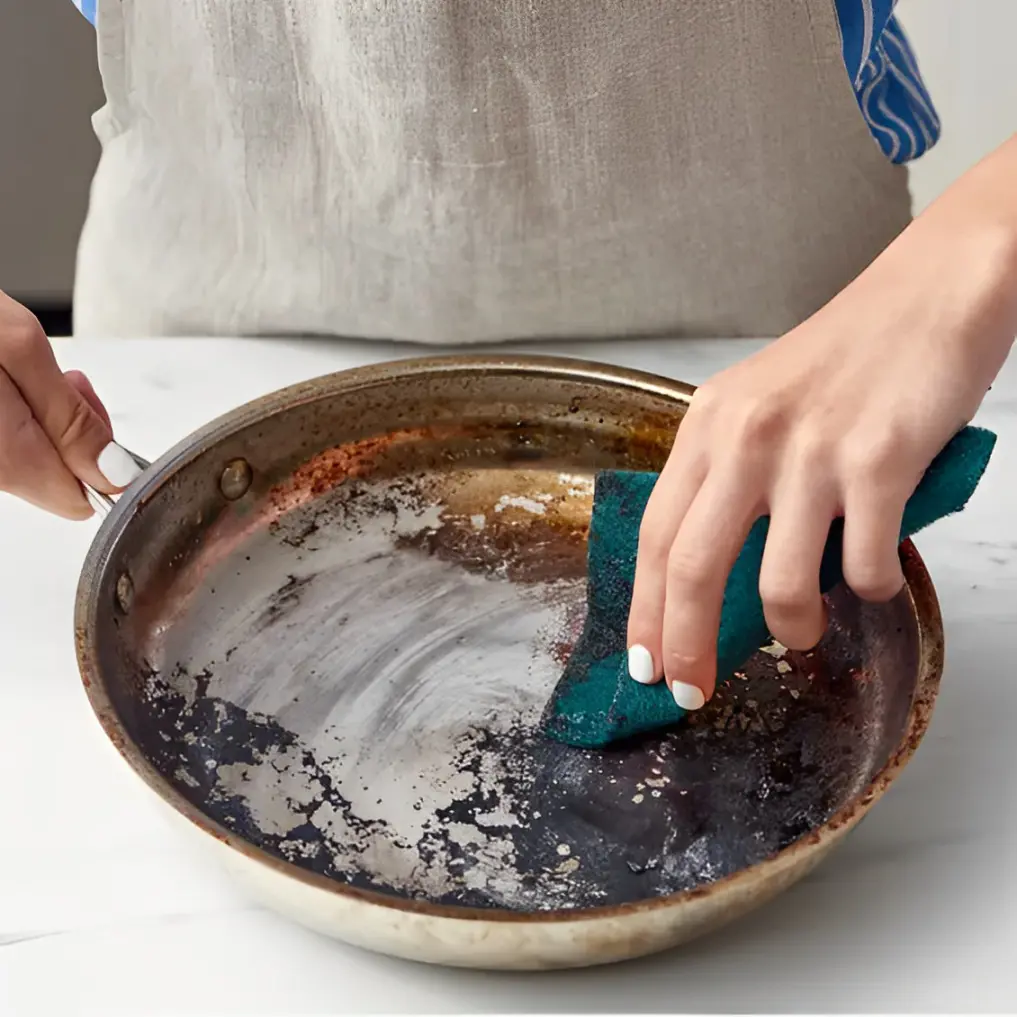
There's not much in life as depressing as the ordinary burnt pan: greasy, blackened, it's just a kitchen nightmare. Don't lose your cool! Cleaning that burnt pan of yours doesn't have to be a nightmare.
Well, you can resurrect them with a few easy steps and using items present in every household.
In the following post, we will navigate through some quick and effective methods of how to clean burnt pans.
After gathering all the necessary supplies and tools, it is time to understand how to clean your burnt pan. Below are a few methods that we shall explain to you in detail. Let us observe:
This is one of the most effective and environmentally-friendly ways of cleaning burnt pans. Below, we outline first the tool needed, after which comes a detailed instruction.
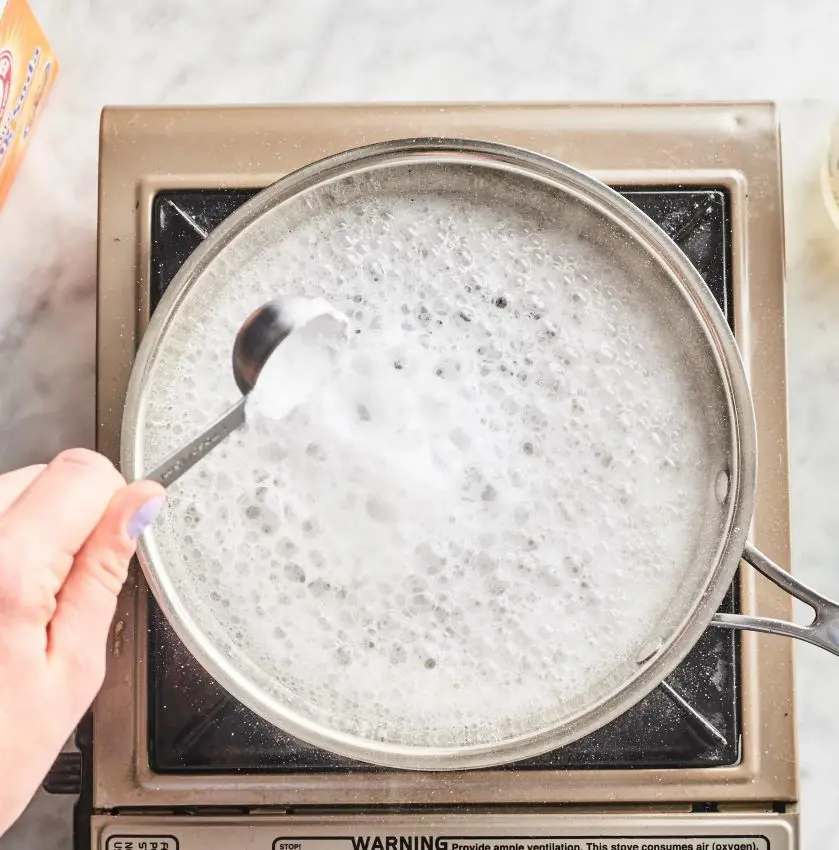
This method utilizes the acidity of lemons to help break down burnt food residues, making it easier to clean your cookware. Let's have a look for more:
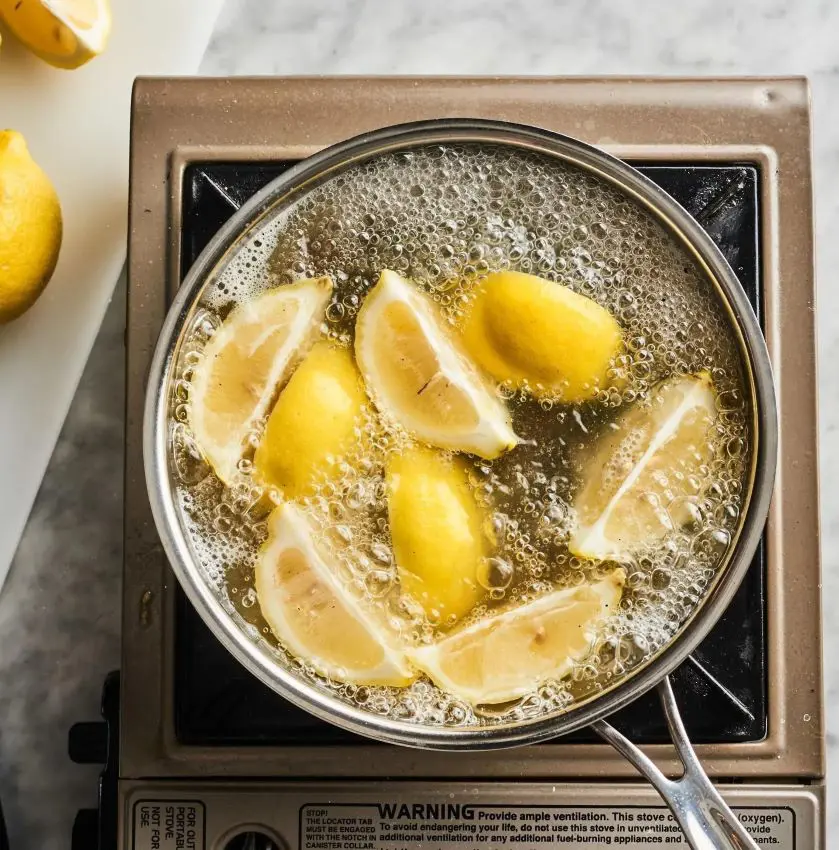
If your pan happens to be non-stick and burns fall within the range of a light to moderate amount, then boiling water would be a good and easy option for cleaning.
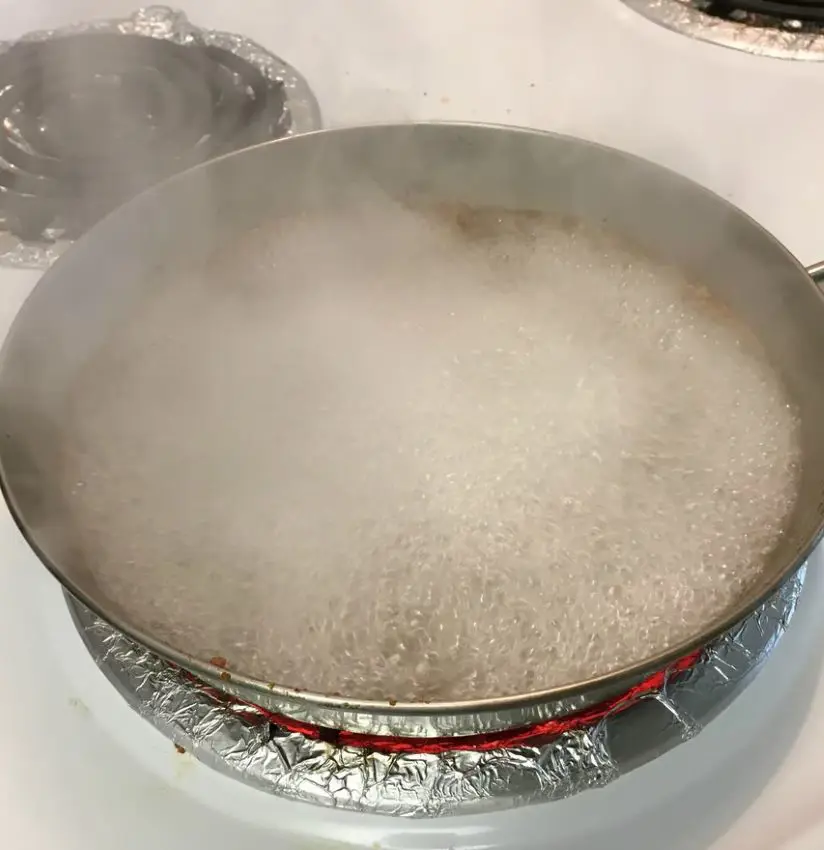
This method is simple, requires minimal ingredients, and can restore your pans to their original condition.
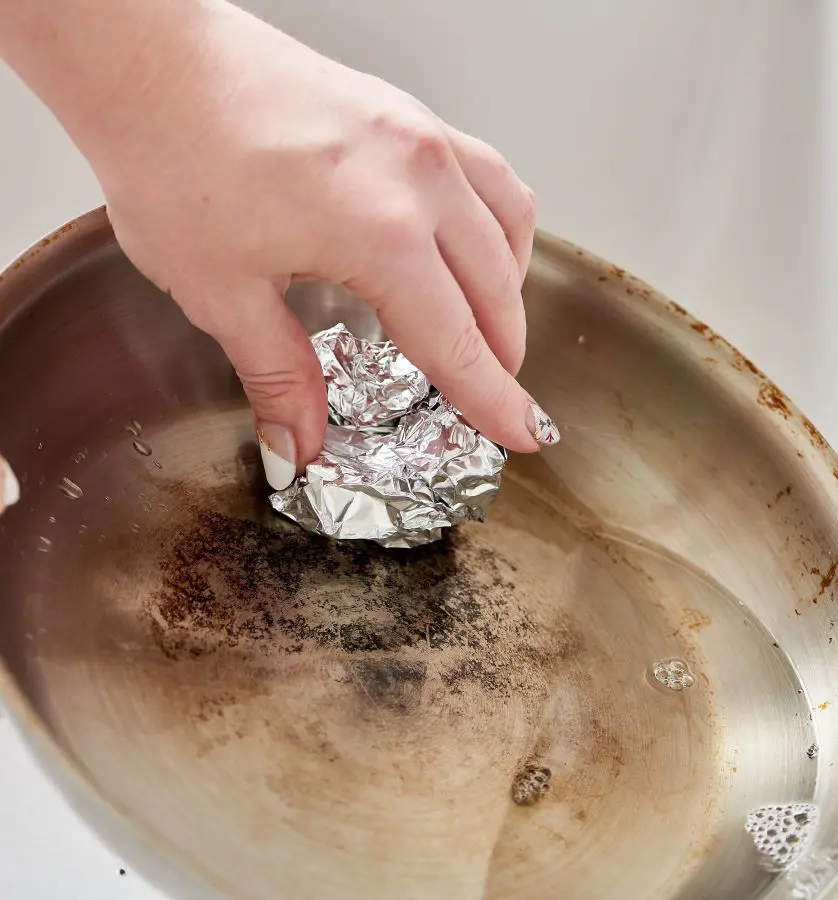
Let's see some creative ideas to defeat those stubborn burnt pans! Here come three other ways that might join your favorite cleaning tricks:
Time for a citrus-fresh cleaning! Take some coarse salt and a lemon, and let's get working:
Here is another power-blast method that wields a mighty cleaning wallop:
Here is one less known but really working method of cleaning:
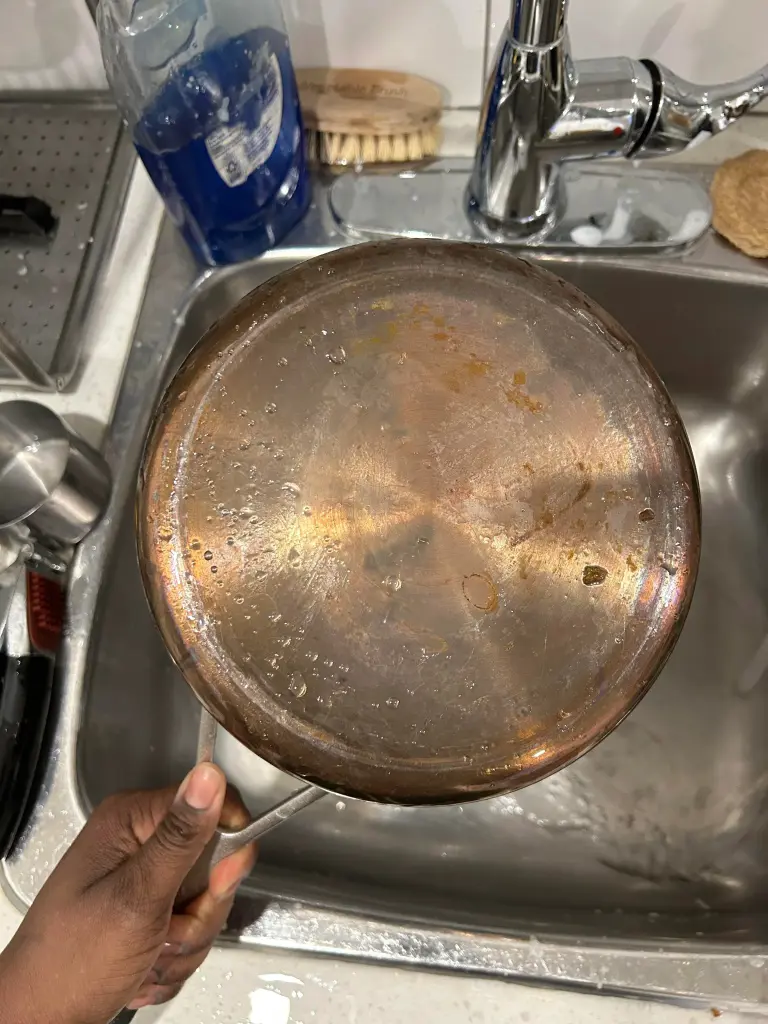
1. Restore and Extend:
Cleaning burnt pans is not just housekeeping; it's giving new life to your cookware. You are maintaining your pans in good condition for the many meals that you will make with them.
2. Cook Like a Pro:
A clean pan is your secret to better cooking. No more sticking and the pan heating up unevenly. Dishes will soar with this pristine cooking surface. Who knows-you may just amaze yourself in the kitchen!
3. Keep It Healthy:
Nobody wants yesterday's burnt bits in today's meal. Scrub that residue away, and you kick out the unwanted bacteria in that way, preventing unsavory cross-contamination that will make your food taste better and be safe.
4. Save Your Cash:
Think of cleaning as an investment. A well-cared-for pan gets years of service without needing to constantly shell out money for new cookware. Your wallet thanks you!
5. Kitchen Glam:
Let's face it-shiny, clean pans just look better. They can make your kitchen go from drab to fab in a heartbeat, making it a far more inviting place to cook in.
6. Build Better Habits:
Getting into the rhythm of cleaning pans can be a great trigger of good habits in the kitchen. Next thing you know, you will be a whiz at maintaining your whole cooking space spick and span.
7. Go Green and Save Green:
Most methods of cleaning pans use common things available in every household. Not only is this easy on your wallet, but it's also kind to the environment. It's a win-win!
Keep your pans in good condition! Here is a simple guide to show you how often you should attack those burnt pans:
Clean After Every Use:
You must clean your pan after every use. Food residues will not gather up and get stubborn for you to clean later. A quick wash right after you cook with warm soapy water will save you from a lot of elbow grease later on.
Address Burns Immediately:
Scorch marks in your pan? Do not wait! Try cleaning the pan the moment it cools enough to touch. The longer burnt residue is allowed to sit, the more difficult it becomes to get off.
Deep Clean As Needed:
For the heavily used pans or those with resolute burnt-on food, try doing a deep clean of it every couple of weeks. This could be where you might want to use one of those specialized cleaning methods we talked about earlier, such as the baking soda paste or aluminum foil trick.
Check Before Each Use:
Give your pan a skim before you start cooking. If there is a little lingering residue or discoloration, take a minute to clean it before you begin your meal preparation.
Seasonal Deep Clean:
Yes, you can clean your pans often, but sometimes taking the time to really deep clean all your pans a couple of times a year isn't a bad idea. It's a spa day for your pans!
Listen to Your Pans:
Pay attention to how your pans are performing. If your food is starting to stick more than usual or you notice uneven heating, then it might be time for a good cleaning session.